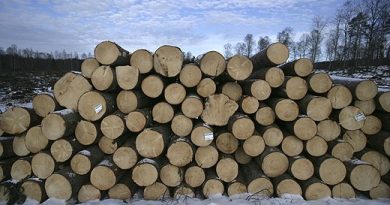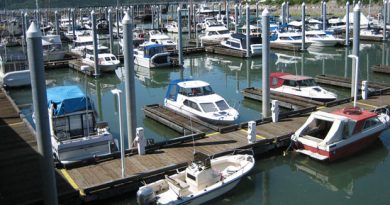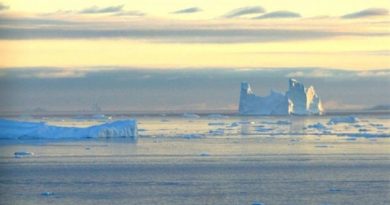Indigenous wildfire knowledge to be key part of new Arctic Council project
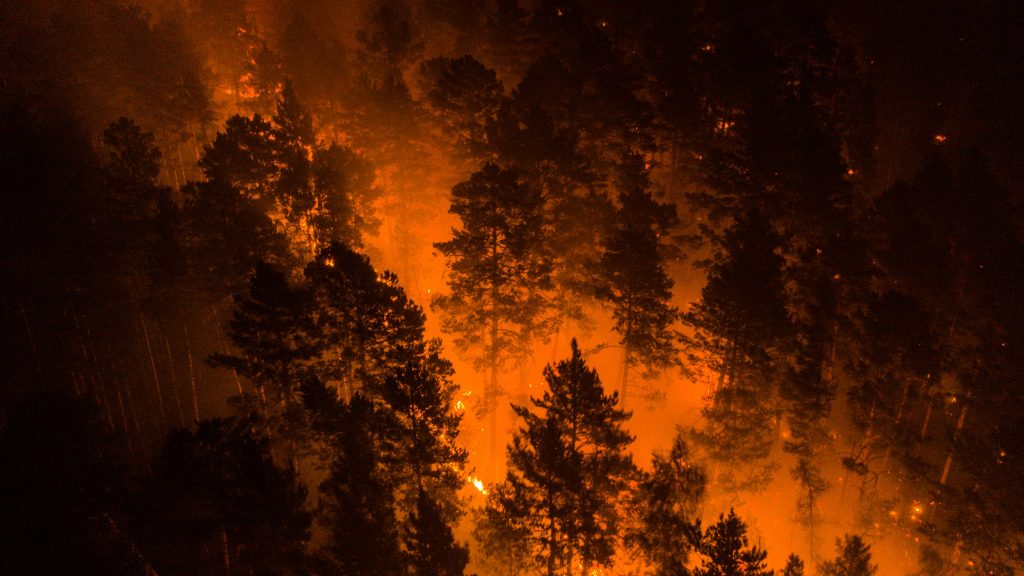
With wildfires intensifying around the North, an Arctic Council project is underway to better coordinate response among circumpolar countries as well as better understand Indigenous wildfire management and how it might be integrated into northern fire fighting strategies.
“It’s important to collaborate because you can see what’s been happening the last 10 years as fires in the North become more and more dangerous,” said Edward Alexander, a firefighter and co-chair of Gwich’in Council International, one of the Arctic Council’s six Indigenous permanent participants, and the group leading the project.
“We have a real situation developing up here and it can’t just be Canada, the U.S. or Russia going at this problem on their own.”
Circumpolar cooperation to face growing threat
The Arctic Council is a forum made up of world’s eight circumpolar nations: Canada, Denmark/Greenland, Finland, Iceland, Norway, Sweden, Russia and the United States; and six Arctic Indigenous groups; the Aleut International Association, the Arctic Athabaskan Council, the Gwich’in Council International, the Inuit Circumpolar Council, the Russian Association of Indigenous Peoples of the North and the Saami Council.
The forum was established in 1996 to work on sustainable development and environmental protection in the North.
The Arctic Council’s Circumpolar Wildland Fire Project was approved by the forum’s Emergency, Prevention, Preparedness and Response (EPPR) Working Group earlier this year. The goal of the project is to share best practices in the various circumpolar countries, promote better international cooperation across borders as well as coordinate training between relevant agencies.
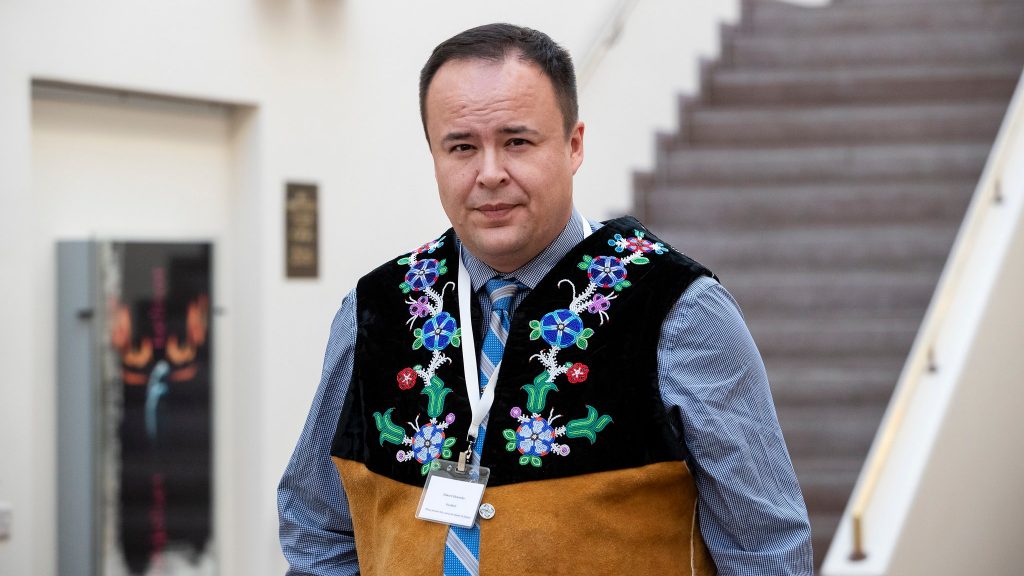
During the lifetime of the project, various experts from Arctic countries, as well as Arctic Council observers, will gather and evaluate information on all aspects of wildfire response.
“The more we can learn from each other before something actually happens, the better positioned we’ll be to take collective action where we can,” said Kathy Nghiem, vice chair of EPPR, in a phone interview. “That’s what makes this an exciting project.”
Increasing cost of wildfires
Alexander says climate change is making the wildfire situation more volatile around the world, as with 2020’s record wildfires in California. Alexander says the human causes sometimes cited in the media for instigating the fires, such as the gender reveal party believed responsible for the fire ranging near Yucaipa, California, obscure the main factor underpinning the fires that have ravaged Sweden, Siberia and Alaska in recent years.
“It wasn’t a gender reveal party that caused that fire in California, it was climate change and that’s what we need to be talking about,” he said in a phone interview from Alaska. “Activities that would have been innocuous 20 years ago can become dangerous now in a way it wasn’t in the past.”
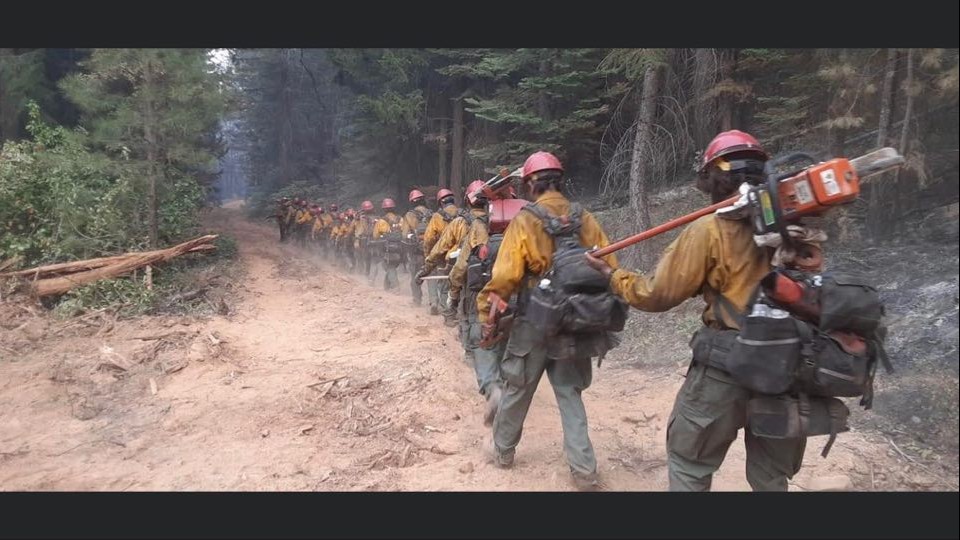
In 2018, wildfires in Sweden, after a period of unusually hot, dry weather, stretched from the South into the Arctic region of the country and had devastating effects on Sami reindeer herders. The estimated costs were at least 100 million Euros ($157 million CDN).
Alaskan wildfires on the Kenai Peninsula in 2019, also after a hot dry summer, cost an estimated $46 million US to fight, the most expensive fire in the U.S. that year.
And in Russia, Siberian temperatures were up to 10 degrees above average in May, something the World Meteorological Organization said was contributing to an unprecedented wildfire season this summer.
Siberian heat and dry conditions have fuelled wildfires. This image from @tonyveco shows smoke from a #Siberia #Wildfire crossing the #Arctic Circle, captured yesterday by #Landsat 8. pic.twitter.com/7KxP2z84e2
— World Meteorological Organization (@WMO) July 16, 2020
A cool, wet summer meant northern Canada was spared from a devastating wildfire season that affected some of the other circumpolar regions this year, with no repeats of 2014’s record fires in the Northwest Territories that cost $55 million and burned 3.5 million hectares .
“The hot dry weather kind of dances across the Arctic,” said Dan Thompson, a forest fire research scientist with National Resources Canada and a member of the Arctic Council’s Conservation of Arctic Flora and Fauna working group, in a phone interview.
“One year it’s in Siberia, one year it’s in Sweden, and in 2014 it was in Canada, but it’s never everywhere at the same time. Despite warming trends across the Arctic, this year was relatively cool and rainy in Canada.”
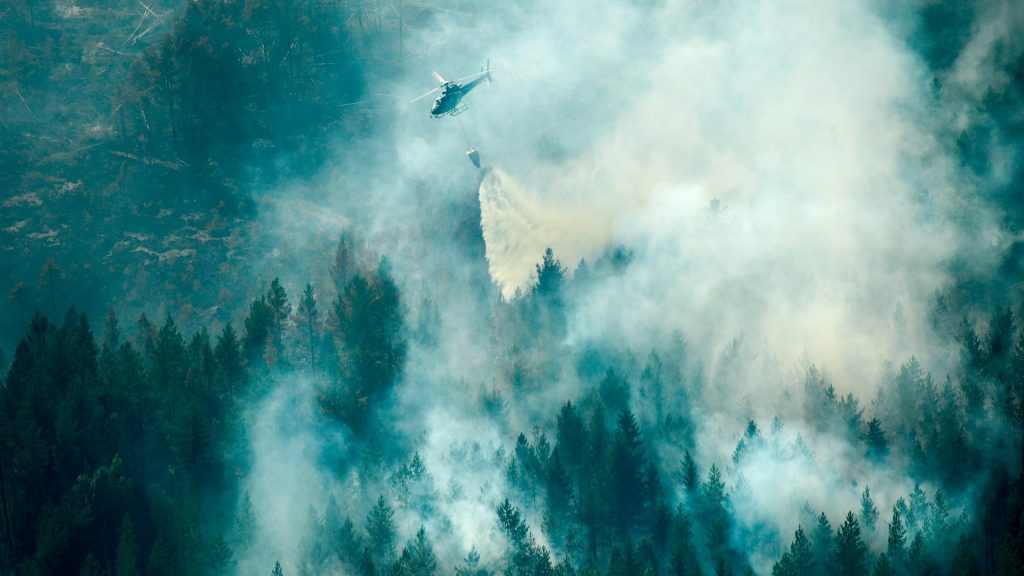
Better understanding of Indigenous wildfire management
A key part of the new Arctic Council project will also be to gather information on Indigenous fire management strategies.
Alexander, who is from Alaska, says one example is how Gwich’in burn grass in the spring when snow is gone from the meadows but is still surrounding trees.
“The reason they do it then isn’t to tidy up, it’s because when you burn in the spring, the snow around the the woods creates a natural fire break.”
Techniques like this are a carbon neutral practice and also increase biodiversity, Alexander said.
“One hundred, one thousand years ago, these camps made grass burn so they could have different kinds of flowers and plants to support different kinds of animals. When you burn in spring, our ground is still frozen so the roots of the plant system are still protected from the fire. And at that time of the year, the low amount of sugar, or carbohydrates, in the soil makes the burning carbon-neutral.”
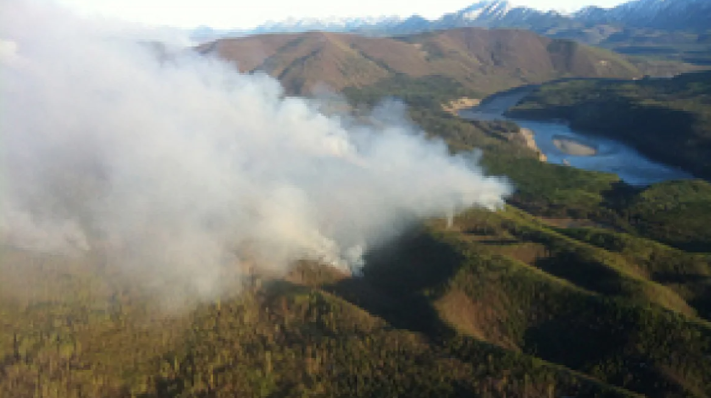
Indigenous communities across northern Canada practice controlled burns on their lands but Aboriginal fire management practices are not yet incorporated in a formal way on a wide scale.
“It’s still a very colonial wildfire management structure,” said Amy Cardinal Christianson, a fire research scientist with Natural Resources Canada, in a phone interview.
“Lots of fire management is still about suppression, but there’s enormous potential for Indigenous people, where there’s so much local land knowledge, to be leaders in wildfire management where fire is more of a tool and used to do things like enhance the environment.
“It’s an exciting time. Indigenous people’s perspectives are gaining traction and people are starting to listen which is really exciting.”
Updates on the Arctic Council project will be prepared for both the 2021 ministerial meeting in Iceland and the 2023 ministerial in Russia.
Write to Eilís Quinn at eilis.quinn(at)cbc.ca
Related stories from around the North:
Canada: ‘History-maker’ wildfire in northwestern Canada could flare up again, politician worries, CBC News
Finland: Better wildfire & agriculture management among recommendations from Arctic Council black carbon expert group, Eye on the Arctic
Russia: Peat fires, like those raging in Siberia, will become more common in Canada, CBC Radio
Sweden: Indigenous reindeer herders request emergency aid after drought, wildfires ravage Sweden, Eye on the Arctic
United States: Health impacts of wildfire smoke can linger for years, U.S. study says, Alaska Public Media

